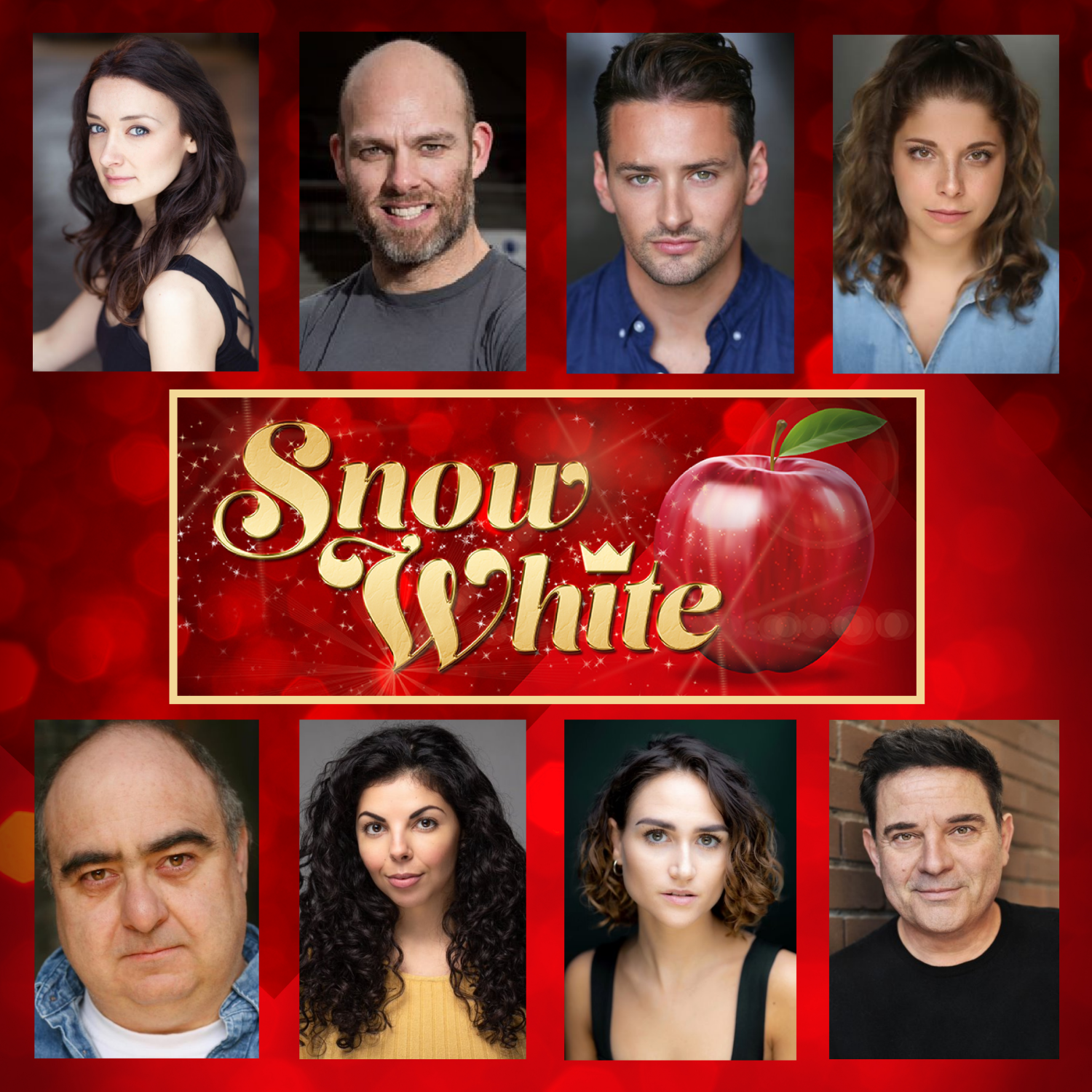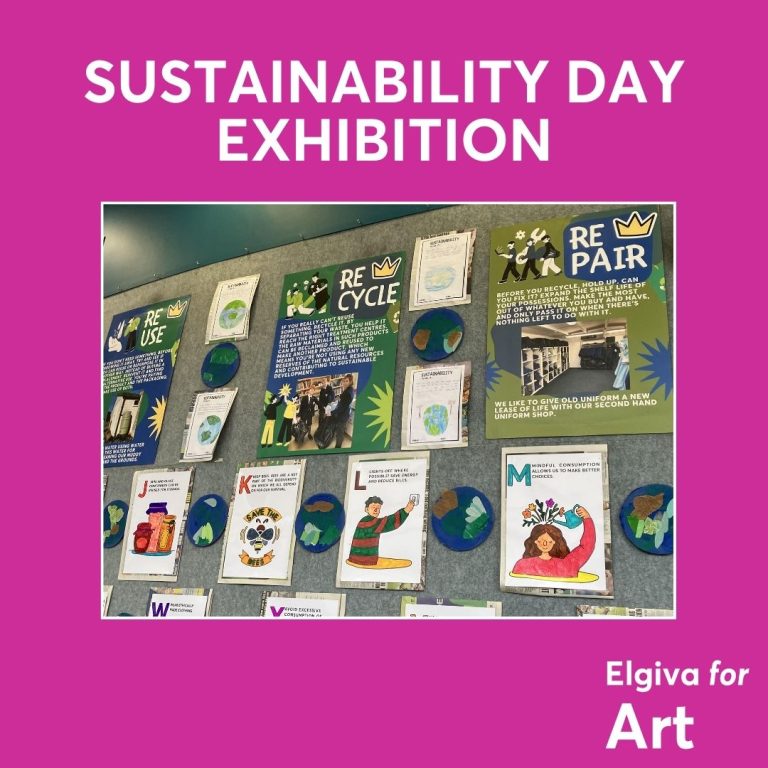Snow White through the years
The original tale is in a 19th-century collection of fairy tales written in German by the Brothers Grimm, who also wrote Sleeping Beauty, Cinderella and Rumplestiltskin.
The Brothers Grimm published their book in 1812, featuring the story of Sneewittchen (Snow White). The tale contained many of the elements we know and love today, such as the magic mirror, the poisoned apple, the glass coffin, and the characters of the Evil Queen and the Seven Dwarfs.

However the dwarfs did not have names until the story was brought to Broadway in 1912 and then they were called Blick, Flick, Glick, Snick, Plick, Whick and Quee.
The Broadway show starred Marguerite Clark as Snow White, and as well as the Seven Dwarfs, featured the evil Queen Brangoma, Berthold, the Huntsman and the handsome Prince Florimond of Calydon.

The show was a success and became the basis for the silent 1916 film Snow White, also starring Clark. The film was seen by a certain 15-year-old called Walt Disney, who was inspired to recreate the story in animated form.
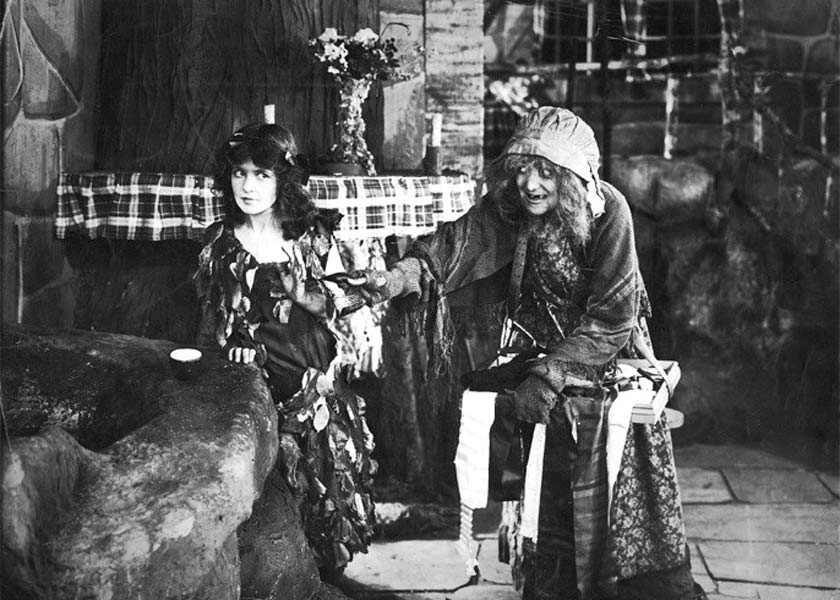
Snow White Disneyfied
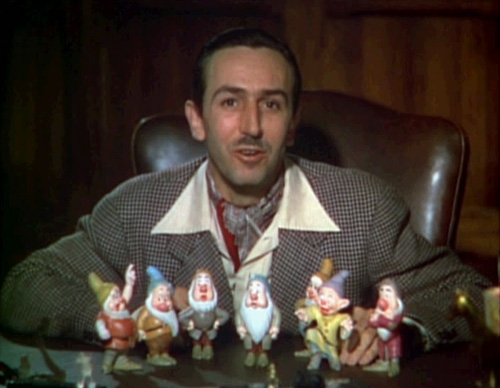
With a budget of $1.5 million, Disney’s animated feature film Snow White was a commercial and critical success, taking more than $8 million during its initial release. In fact, adjusting for inflation, Snow White is the world’s the highest-grossing animated film, coming in at a whopping $1,977,000,000.

Snow White was nominated for Best Musical Score at the Academy Awards (The Oscars) in 1938, losing out to One Hundred Men and A Girl. The following year, Shirley Temple presented Walt Disney with a unique honorary Oscar – one normal sized statuette and seven miniature ones!
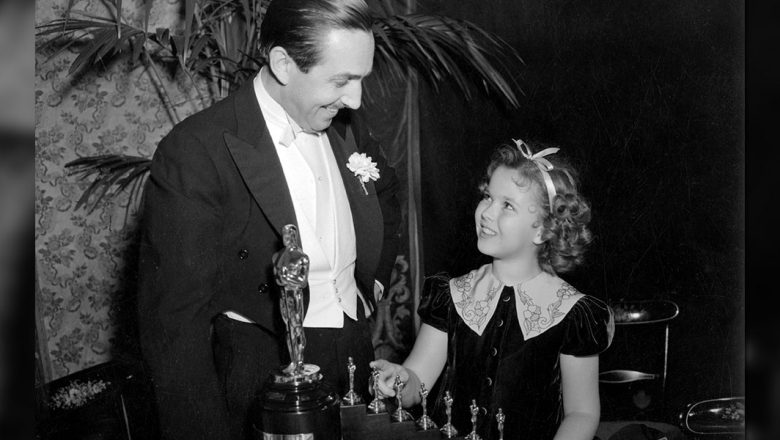
Is Snow White a true story?
Research has suggested that the origins of Snow White could actually lie in history and may have been inspired by the countess Margaretha von Waldeck and her alleged lover, Philip II of Spain. The countess, who died in 1554, was famed for her beauty.
Her strict stepmother and father sent her first to her uncle’s house, and then to the court of Mary of Hungary, where she was pursued by Philip. Alas, their relationship was doomed, as Philip was a Catholic and Margaretha a Lutheran.
Margaretha’s letters to her father before her death speak of failing health and the Waldeck chronicles suggested that she had been poisoned, dying at the age of 21.

However, the Seven Dwarfs are also involved in this real-life story – well, sort of.
Margaretha’s father owned a series of copper mines and the majority of workers were children. Due to malnutrition and poor working conditions, the children were allegedly called “poor dwarfs” – could these be the dwarfs of the fairy tale? Just like the dwarfs, the children lived in small groups, all sharing a single room house.
So convinced are the residents of the mine’s location – the village of Bergfreiheit – that they now call the village Schneewittchendorf (Snow White village).
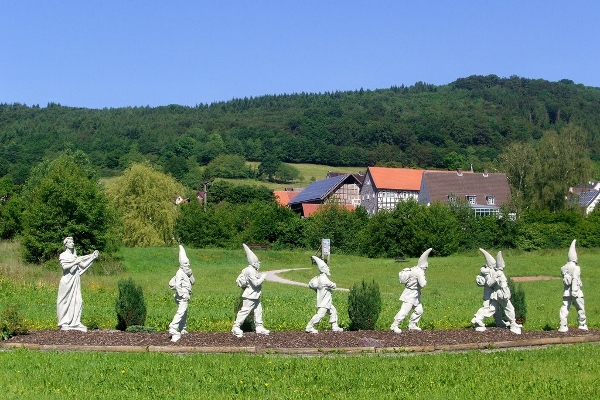
Other versions of the story
We all know about the poisoned apple, but in the original version in Grimms’ Fairy Tales, the Wicked Queen tries both to suffocate Snow White by giving her a lacy bodice and then tightening the laces and to stab her in the head with a poisoned comb. The Queen gets her comeuppance at her step-daughter’s wedding, when the prince orders the her to wear a pair of red-hot iron slippers and to dance in them until she drops dead.
Other versions in other countries have Snow White taking refuge with robbers rather than dwarfs, or staying in a haunted castle or a house on the seashore, rather than in a forest. Other variants include an enchanted dress, poisoned stockings or deadly flowers, rather than poisoned apple, or Snow White being called Ermellina and running away from home by riding an eagle who takes her away to a palace inhabited by fairies.
Other versions have evil older sisters, rather than a stepmother, and Ziricochel (as our heroine is called in this Italian version) taking refuge with the Moon, who also plays the role of the magic mirror. The sisters send an astrologer to kill Ziricochel, who, after several failed attempts, turns her into a statue using an enchanted shirt. All comes good in the end, however, when the prince’s sisters remove the shirt and revive Ziricochel.

A British Snow White?
A Scottish version is called Gold-Tree and Silver-Tree, and involves Queen Silver-Tree consulting a trout in a well, rather than the familiar magic mirror, in order to find out who the most beautiful; Princess Gold-Tree ends up being tricked by a poisoned thorn.
Another Scottish version, also featuring a verbose trout, names the princess Lasair Gheug, which means Flame of Branches. Running away from her stepmother, Lasair Gheug takes refuge with with thirteen cats, who turn out to be an enchanted prince and his squires. Lasair Gheug marries the prince, but the wicked queen sends three ice giants to trap her in a death-like state.
In both these stories, the prince remarries and it is his second wife who saves the day, rescuing our heroine from the poisoned thorn or reviving her from her trance.

Snow White as pantomime
Often regarded as an excellent acting opportunity for little people, these days, the parts of dwarfs are usually played by teenagers or children; Disney has copyrighted its dwarf names, so pantomimes come up with their own.
Comic elements are introduced by the Dame, who often portrays a housekeeper or cook, and Muddles, a palace servant or villager. Snow White is the heroine, and other characters are, of course, a handsome prince, a huntsman, who is often a henchman of the Queen to begin with, but comes good in the end, and a gentle-hearted King, who is tricked and beguiled by his evil second wife.
The Magic Mirror is sometimes a person, or, more usually, a chance for a theatre to show off its special effects!



